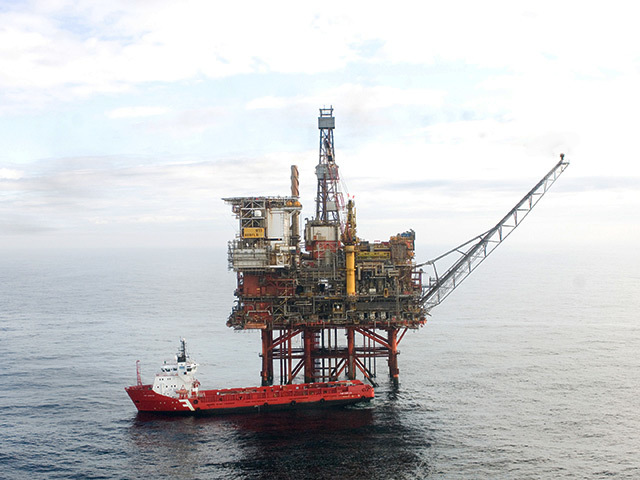
The Health and Safety Executive (HSE) conceded today that offshore safety protocols “need to improve in some key areas” of management.
HSE said that its most recent offshore statistics release “did not indicate an overall decrease in the performance of the industry”.
But the regulator added that the offshore industry would have to “address the underlying causes” that resulted in a number of non-compliance issues and poor ratings.
The most recent HSE regulatory report covers incidents from a range of oil and gas installations, pipeline and wells activities, windfarms and diving operations.
914 issues were identified in 2017, a five-year high, up from 652 in 2012.
A spokeswoman for HSE said: “HSE continues to develop its approach to the inspection of the offshore industry. HSE’s Maintaining Safe Operations Leadership (MSO) interventions, for example, have tested the implementation of Process Safety Management (PSM) offshore.
“The results do not indicate an overall decrease in the performance of the industry, but rather a long term need to improve in some key areas of safety management. HSE is currently in discussion with the industry as to how it can best address the underlying causes that give rise to the non-compliance issues and poor scores.
“The majority of the MSO inspections revealed long-term, underlying safety management systems failings which had not been identified before.
“This change in inspection approach, combined with the targeting of particular duty holders and topics, meant that more non-compliance issues were found and more ‘poor’ inspection guide scores recorded.”
As part of its findings, HSE discovered that operator Apache had been using “not fully competent” trainees in its day and night rotas on the North Sea platform.
Apache said steps were taken to reduce workload in order to ensure completion of safety-critical activities, and the reduced manning was a result of “unforseen circumstances”.
HSE said Apache had previously established that four production technicians should be on shift for routine platform inspections, including two control room operators (CROs).
Recommended for you
